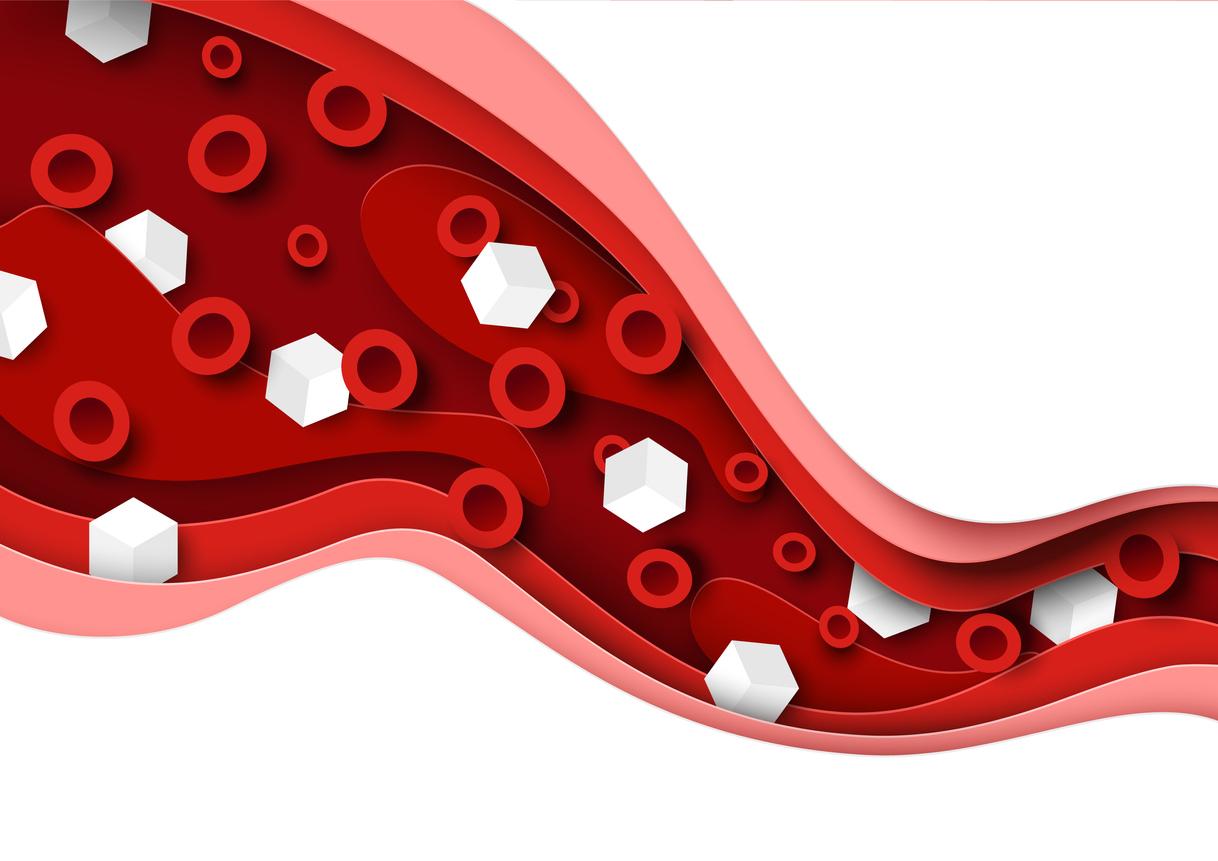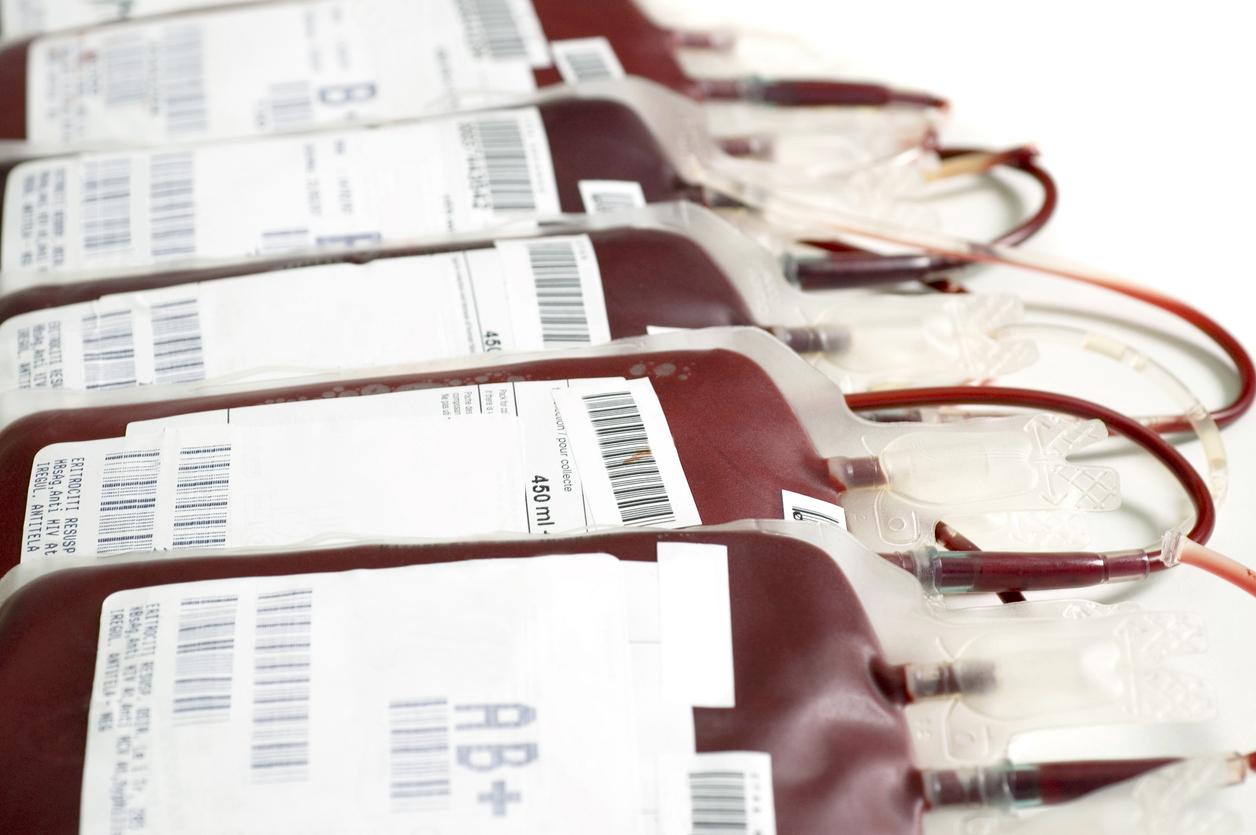
January 22, 2010 – Combining aerobic exercise with a little weight training helps control hypertension, and in some cases even prevent it.
This was indicated by kinesiologist Véronique Perrault, from the Montreal Clinical Research Institute (IRCM), in the context of a “scientific café”.1 on hypertension.
Asked to specify how physical activity can help prevent or control arterial hypertension, the kinesiologist presented the “typical activity program” based on numerous scientific studies carried out on the subject.
Aerobic activity first
 “For hypertensive people, the most important thing is to perform aerobic type exercises of medium intensity, to get the maximum benefit,” explains the kinesiologist.
“For hypertensive people, the most important thing is to perform aerobic type exercises of medium intensity, to get the maximum benefit,” explains the kinesiologist.
Brisk walking, slow jogging, cycling, and swimming are good examples of what to do.
But beware: you don’t need to be short of breath or panting during physical activity. Intense sprint-type efforts are no more effective.
“The ideal intensity to reduce blood pressure is between 60% and 70% of the maximum cardiopulmonary capacity, that is to say that, during the effort, one must be able to hold a discussion with his partner training ”, specifies Véronique Perrault.
|
Aerobic exercise and lowering blood pressure Meta-analyzes indicate that by training 3 to 5 times per week for 4 months, at a rate of 20 to 60 minutes per training session, one can obtain a reduction in: – 7.6 to 11.1 mmHg of systolic pressure; – 6.7 to 7.6 mmHg of the diastolic pressure. “These reductions compare favorably with what we get with certain antihypertensive drugs,” says Véronique Perrault. |
In addition, the training sessions can be split: “Whether we do 4 sessions of 10 minutes or one of 40 minutes, the result is the same for blood pressure,” she adds.
However, it is important to move regularly and in the long term, since the hypotensive effect of physical activity is limited in time.
“The benefits of a session last on average from 4 am to 10 am – and even until 10 pm. This means that you have to move every 2 days to obtain a lasting effect on the health of the heart, ”emphasizes Véronique Perrault.
Strength training: safe and desirable
To control their blood pressure, hypertensives can also perform strength training exercises, without fear of worsening their condition.
“On the contrary, it is recommended to maintain your muscle mass to obtain better control, while respecting certain limits”, indicates the kinesiologist.
According to her, a slightly hypertensive person can lift weights until their blood pressure reaches 179/110.
“However, we must promote a dynamic type of training, that is to say that we will avoid keeping static positions for more than 5 seconds,” she adds. Better to stay in continuous motion, with light loads. “
Likewise, strength training exercises should be done without holding your breath. One must continuously inhale and exhale in order to avoid an increase in blood pressure.
|
Strength training and lowering blood pressure According to Véronique Perrault, performing 2 weekly weight training sessions of 12 to 15 repetitions per exercise can lead to a reduction in: – 3.2 mmHg of systolic pressure; – 3.5 mmHg of the diastolic pressure. “But strength training must be complementary to aerobic-type activities,” she warns. |
What about hypertensives aged 60 and over?
In humans, strength and muscle mass are maintained up to 45 years; afterwards, they decrease by 30% until the age of 70 years.
“This is why we have to train in order to maintain good muscle and bone density, because our muscles are so many reservoirs for storing the fuel that makes us move and keeps us independent,” continues Véronique Perrault.
And no need to use heavy loads.
“Choose exercises that offer a certain muscular resistance – elastic bands for example – or even force without weight, by imagining a load (imaginary resistance), as is sometimes done in tai chi or yoga”, concludes the kinesiologist.
|
Why prevent or control hypertension? Because the risk of cardiovascular disorders doubles every time systolic pressure increases by 20 mmHg and diastolic pressure increases by 10 mmHg. Also because controlling your blood pressure decreases the risk of stroke by 35% to 40% and also lowers the risk of kidney problems, dementia and vision problems. According to the World Health Organization, 30% of men and 50% of women aged 65 to 75 have high blood pressure. However, most people who adopt a healthy lifestyle never have hypertension. To find out more, read our Hypertension fact sheet. |
Martin LaSalle – PasseportSanté.net
















